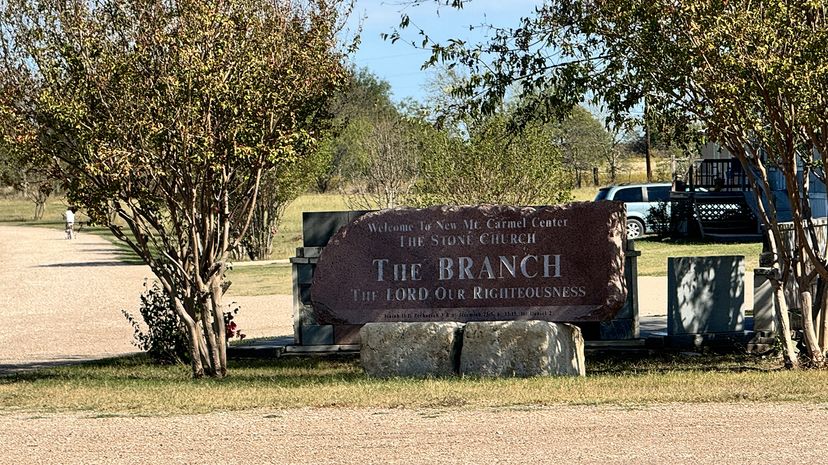The word "cult" was once just a synonym for a sect or religious group, according to Adam Scott Kunz, PhD, assistant professor of political philosophy and constitutional law at the University of Wisconsin-Eau Claire. But the word is now an academic term used to describe a specific type of organization.
For a group to be a cult, it needs to meets specific criteria.
Charisma
"At the bare minimum, you need some kind of charismatic figure or charismatic leader," says Dr. Kunz, who is a former member of the Mormon Church. "That charismatic leader has to have some kind of transcendental ideology that the leader is sharing with his or her followers that's giving them a worldview that's different from everybody else."
Control
Another key ingredient is the way that leader puts that ideology into practice in the lives of the people following it. This is partly done through systems of control.
"Systems of control are the written down or verbal history and rules of the group," Dr. Kunz says. They might be specific, like dietary rules or restrictions about who members can associate with, or they might be more vague.
Enforcement
Leaders also use systems of influence, which Dr. Kunz says really tips the scales. "A cult basically becomes self-fulfilling, like a machine that's got its own engine running," he explains. They may police one another, disown family members who fall away from the group, and even be violent with people who they perceive as being an enemy to the group.
"So at least on the definition I've given, it's pretty easy to call the Branch Davidians under David Koresh a cult," Dr. Kunz says.
